Unexpected Discoveries in Brazil
October 2020
During this year’s manta ray season in Brazil, which occurs roughly between May and August in the southeast of the county, very few sightings were reported. Normally, the Manta Trust affiliate project Mobulas do Brasil are sent a number of sightings from a network of collaborators that support their work in the State of Sao Paulo. This year however, other than the reports of a dramatic rescue of a melanistic (black morph) adult manta ray in the southernmost region of the state, nothing else was recorded.
The Mobulas do Brasil team out surveying the water off north Sao Paulo for oceanic manta rays.
However, a curious and great surprise appeared!
On the largest island off our coast, Ilhabela, further north up the coast of Sao Paulo, several sightings occurred and were reported to us by our field partners looking for humpback whales. Baleias-a-Vista, who run whale and dolphin watching trips in area, spotted a number of oceanic mantas (Mobula birostris) during their trips. They very kindly collected and submitted data to us including GPS location of the sightings, the date and time of the encounter, weather conditions, and also sometime behaviour data like feeding from photos or videos they sent through.
The oceanic manta sightings were mostly very close to the area where humpback whales are often encountered.
Due to technical-operational cooperation, the boats of both projects, Mobulas do Brasil and Baleias-a-Vista, as well as their teams, record and report reciprocally, meetings with marine megafauna species they encounter. This collaboration between the two groups is greatly appreciated and benefits the science and conservation of all species. This collaboration started in 2019 and this year, even with the global pandemic, with due care, it was a great success.
Oceanic manta ray sightings submitted by Baleia-a-Vista.
Oceanic manta ray sightings submitted by Baleia-a-Vista.
Off the back of the sightings from Baleias-a-Vista, and with the financial support of the Manta Trust’s emergency action fund, our team spent 11 days with our vessel, the MV San Marino II sailing with a complete team in the region. Visiting the same locations that Baleias-a-Vista had documented sightings, our team collected incredible images and more manta ray records arose. The information collected this season clearly showed that the region, which was never considered an aggregation point before, may be an important site of manta rays after all!
Whilst out on the water out team had some incredible marine megafauna encounters.
All the encounters, except for one or two, were between half and one and a half nautical miles from the coast on the open ocean side of Ilhabela. The region is vast and without known reefs for cleaning stations, but a small area was identified, having been the site of 90% of the records, very close to the area of many humpback whale records. Although we were fully prepared to enter the water to collect photo IDs of the individuals, it was not possible during this season. The vast area, with few reefs makes finding places to do survey dives for cleaning stations very difficult. Instead, this year we focused on surveying a bigger area by boat to get an over few of the region and to pin point important aggregation sites.
The Mobulas do Brasil team after a long day at sea searching for manta rays.
We are excited to revisit this region of Sao Paulo next year to see if the aggregations are annual or if this year was just an anomaly. We would just like to say a massive thanks to the Manta Trust and the supporters of the emergency fund who made this discovery possible!
GUILHERME KODJA
Founder of Brazilian Marine Megafauna Project







